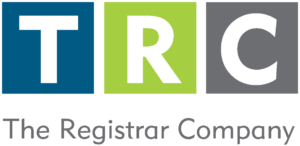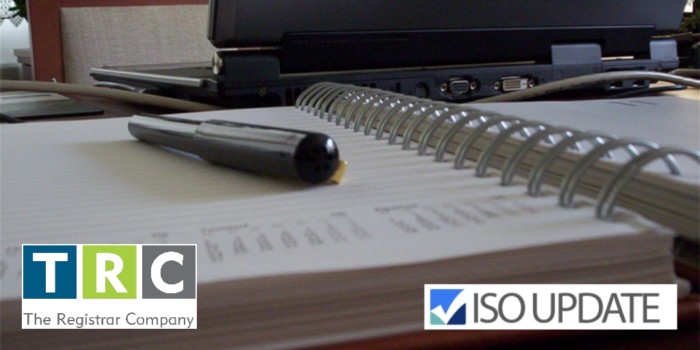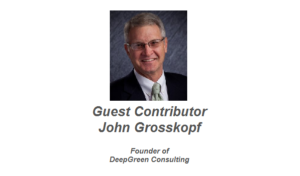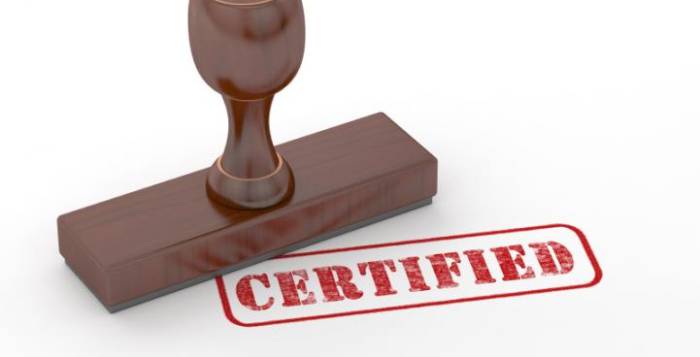A Certification Audit is the first step for your organization once you have decided to undergo an assessment process. Your options include undergoing an assessment with a Certification Body (CB), or Registrar, like The Registrar Company, to determine if your management system complies with the requirements of a given standard (ISO 9001, ISO 14001, ISO 45001, etc). This Certification Audit is completed in two stages: Stage 1 and Stage 2. These audits differ in many ways: their purpose, duration, information reviewed, and sometimes even location. Therefore it is important to understand the difference between Stage 1 and Stage 2 Audits, and the effect your selection of CB will have on the process.
These audits differ in many ways: their purpose, duration, information reviewed and sometimes even in the location where it will take place.
The objective of a Stage 1 Audit is to determine an organization’s readiness for their Stage 2 Certification Audit. During the Stage 1, your Certification Body’s auditor will review your management system documented information, evaluate your site-specific conditions, and have discussions with personnel. The auditor will look to see that objectives and key performance indicators, or significant aspects are in place and understood. They will review the scope of the management system and obtain information on your processes and operations, the equipment being used, the levels of control that have been established, as well as any applicable statutory or regulatory requirements. Internal audits and management reviews will be evaluated to ensure they are being planned and performed and the overall level of implementation of your management system will be assessed to determine if your organization is ready to move forward with the Stage 2 Certification Audit.
Your Certification Body will use the Stage 1 Audit to complete Stage 2 Audit planning, including a review of the allocation of resources and details for the next phase of the audit. Documented conclusions will be given to your organization that will outline your readiness as well as identify any areas of concern that could be classified as a nonconformance during the Stage 2 Audit.
A Stage 1 Audit is usually carried out over 1 or 2 days and typically occurs onsite. For organizations with more than 1 location, the audits are usually carried out at your central function location.
The Stage 2 Audit evaluates the implementation and effectiveness of your organization’s management system(s). During the Stage 2 audit, your Certification Body will determine the degree of compliance with the standard’s requirements and report any non-conformances or potential non-conformances that your organization will have to correct before the certification can be issued. If the Stage 2 audit is successful, your organization’s management system(s) will be certified.
The Stage 2 Audit includes:
- All relevant documented information that evidences your management system’s conformity with all the standard’s requirements;
- Key performance objectives and targets, looking at performance monitoring, measuring and reporting;
- Evaluation of internal audits, management review and management responsibility for your organization’s policies;
- All relevant processes, looking at operational control and the ability to carry them out as planned.
The duration of the Stage 2 Audit is determined in accordance with the relevant IAF Mandatory Documents. Depending on the size and complexity of the organization this audit can range anywhere from 1 to many days.
Every organization undergoing a certification process should maintain open and clear communication with their Certification Body in order to clarify any questions that may arise before the audits take place. At TRC, customer service is our top priority, with every facet of our organization designed with your satisfaction in mind.
Associating your company with an internationally recognized and trusted certification shows your customers that you hold their satisfaction and expectations above all and adds real value to your bottom line through increased efficiency and reduced risk – and working with the best Certification Body for your unique needs should be top of mind. Certification can be a lengthy process, and you will be working closely with your Certification Body and Auditor for years to come, ensure you pick the best.
About the Author
 TRC is internationally recognized and trusted. With a large network of auditors, TRC is an international certification body with local benefits. With dedicated Client Service Managers and family-owned and entrepreneurial values, our clients are family. We take the time to understand your business and your unique needs. TRC audits are more than a checklist, we highlight your corporate strengths, and find opportunities for improved processes to ensure you stay competitive and thriving. TRC works with you to ensure minimal disruptions so you receive the highest benefits from the auditing process. Learn about how we can help you today.
TRC is internationally recognized and trusted. With a large network of auditors, TRC is an international certification body with local benefits. With dedicated Client Service Managers and family-owned and entrepreneurial values, our clients are family. We take the time to understand your business and your unique needs. TRC audits are more than a checklist, we highlight your corporate strengths, and find opportunities for improved processes to ensure you stay competitive and thriving. TRC works with you to ensure minimal disruptions so you receive the highest benefits from the auditing process. Learn about how we can help you today.
Read about The Characteristics of an Excellent Internal Audit




 This column will cover the background and importance of Auditing Multiple and Integrated Management Systems, the advantages and disadvantages organizations accrue when integrating and when auditing their systems. And adjusting their auditing programs to fit the new reality of multiple and integrated management systems (intMS) increasingly prevalent today.
This column will cover the background and importance of Auditing Multiple and Integrated Management Systems, the advantages and disadvantages organizations accrue when integrating and when auditing their systems. And adjusting their auditing programs to fit the new reality of multiple and integrated management systems (intMS) increasingly prevalent today.



